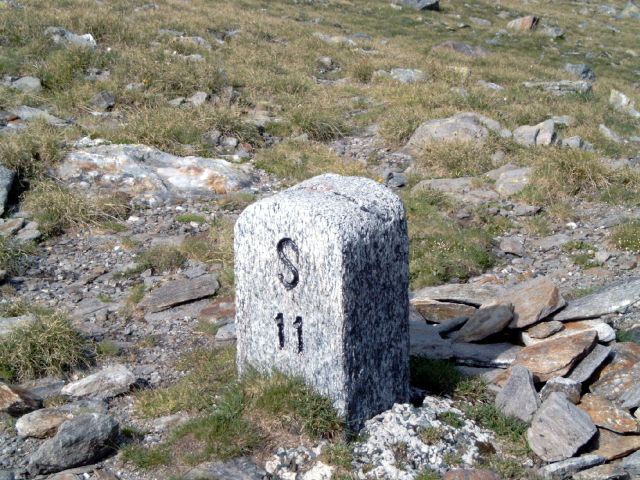|
What is a Border?
From Wikipedia, the free encyclopedia:
Borders define geographic boundaries of political entities or legal jurisdictions, such as governments, states or subnational administrative divisions. They may foster the setting up of buffer zones.
In the past many borders were not clearly defined lines, but were neutral zones called marchlands. In modern times the concept of a marchland has been replaced by that of the clearly defined and demarcated border.
For the purposes of border control, airports and seaports also class as borders. Most countries have some form of border control to restrict or limit the movement of people, animals and goods into or out of the country. In order to cross borders people need passports and visas or other appropriate forms of identification.
Moving goods across a border often requires the payment of excise tax, often collected by customs officials. Moving goods, animals or people illegally across a border, without declaring them, seeking permission, or deliberately evading official inspection counts as smuggling.

Border stone at Passo San Giacomo between Val Formazza in Italy and Val Bedretto in Switzerland (In the context of this book series: Bosco Gurin)
Types of border
There are several different types of border:
-
Natural borders are those that follow natural geographic features, such as rivers, mountain ranges, estuaries and the like. Example: the border between France and Spain which follows the Pyrenees mountain range.
- Geometric borders (also known as a straight-line border) are those that are formed either by straight lines drawn on a map or nautical chart or by lines that follow the curves of latitude.
- Cultural borders are those that follow or approximate the boundaries between the homelands of different ethnicities, language groups and other cultural communities. They often date from before the modern era, and can often be the result of successive military struggles over the centuries. Many international borders in Europe more or less follow such cultural divisions.
No Borders describes the internationalist ideology of national border abolition, implying the free movement of people alongside free trade and the free flow of information. The policy is favoured by internationalist socialists, communists, and anarchists, both of which groups see it as an attack on capitalism. An essentially identical position is held by some libertarians, although they tend not to use the term "no borders" to describe it.
Translations
|